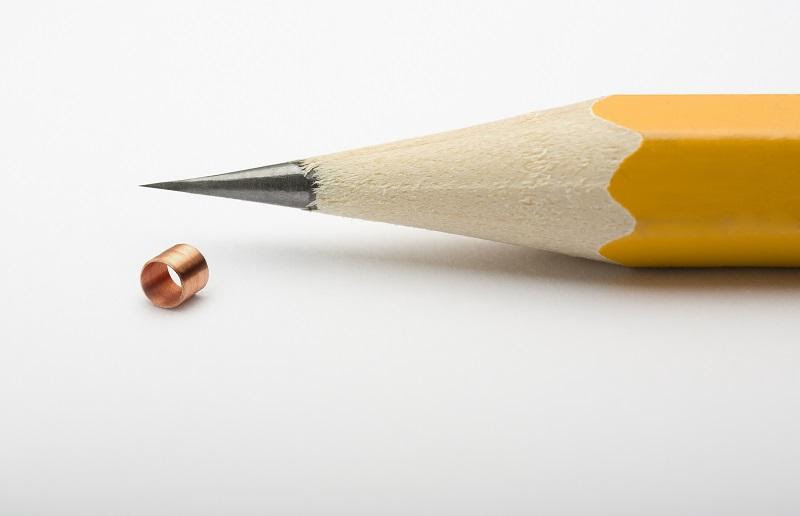Micro-coils or electromagnetic coils are key elements to prepare several devices such as sensors, inductors, transformers, and electromagnets. Although micro-coils have significant applications in several industries, mainly, in the applications of the medical field, the demand for micro-coils is increasing day by day. In the medical field, to prepare sensors, micro-coils are essential. However, these micro-coils are considered electromagnetic coils because the mechanism of micro-coils follows Ampere’s law. According to this law, when within the conductor electricity flows, a magnetic field also gets generated around the conductor. In order to use a conductor, manufacturers use ultra-fine wire with high conductivity. Although most industries use copper ultra-fine wires, some industries can use aluminum, precious metals, stainless steel, titanium, etc. depending on the requirements of the customers.
Ultra-fine Wire Winding Technology:
In order to generate a concentrated magnetic field, ultra-fine wire winding technology is essential. In this process, the wire is wound around a core with several turns side-by-side and that shapes the coil. Micro-coils can have different shapes such as a spiral, a helix, or a simple circle. However, the shape of the micro-coils or electromagnetic coils depends on the purpose of application. On the other hand, the design of micro-coils also depends on the required level of strength, inductance, and resistance of the magnetic field. In this winding technology, manufacturers either pass an electricity flow within the wire for the generation of a magnetic field or pass a magnetic field through the interior of the coils so that it generates electricity within the ultra-fine wire.
Methods and Machines:
We can not rely on our hands for the winding of ultra-fine wire around a core. As mass production is essential for the manufacturing of electromagnetic coils, automated machines are necessary. Coil winding can be of different types depending on the geometry of the coils such as helical, orthocyclic, wild, or jumble.
In the case of helical coils, machines create layers by switching directions. However, a small number of layers can be developed in this type of coil, because after a certain limit, the structure gets very tight.
The most effective method of winding coils is orthocyclic winding where after winding of lower layers, the upper layer places at the grooves of the lower layers so that efficiency increases and the space and materials are required less. These coils have effective applications due to good heat conduction and distribution of the strength of the electromagnetic field.
Challenges:
As the demand for coils is increasing for medical devices, due to the miniature size of the medical devices, manufacturers face size constraints in the manufacturing of micro-coils. For that reason, manufacturers use ultra-fine wire. Besides this, insulation and breaking point is another challenge that requires the use of metals that have high breaking points. Tight winding space and non-straight wire are also significant challenges.
In order to deal with these challenges, modern manufacturers use ultra-fine wire of 8 microns diameter that is effective to provide nearly 2000 turns. The ultra-fine wire winding technology is the heart of the coil manufacturing process, and this process determines the applicability of micro-coils in different fields.













